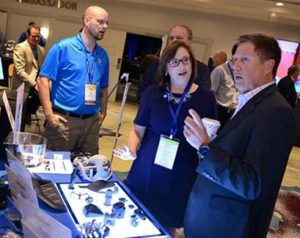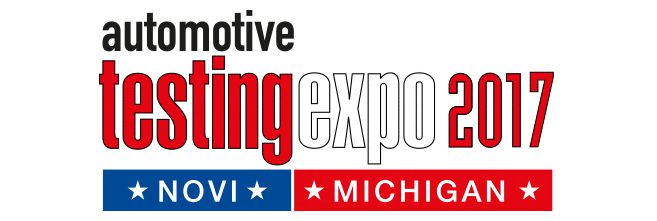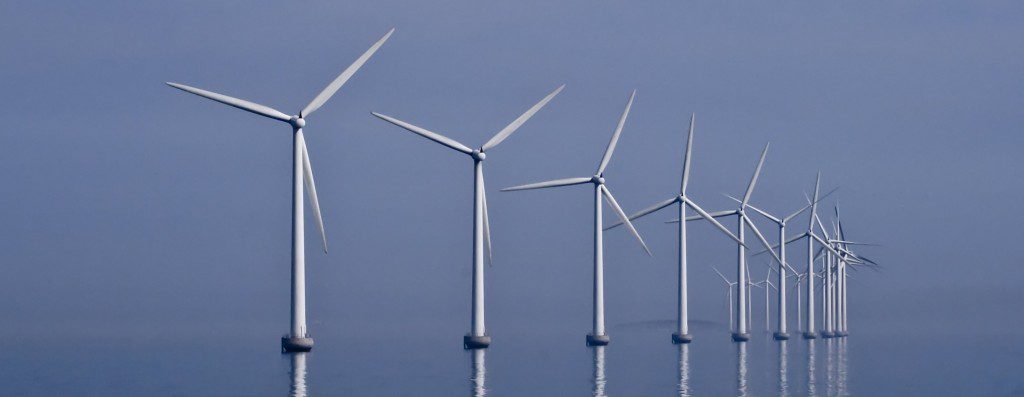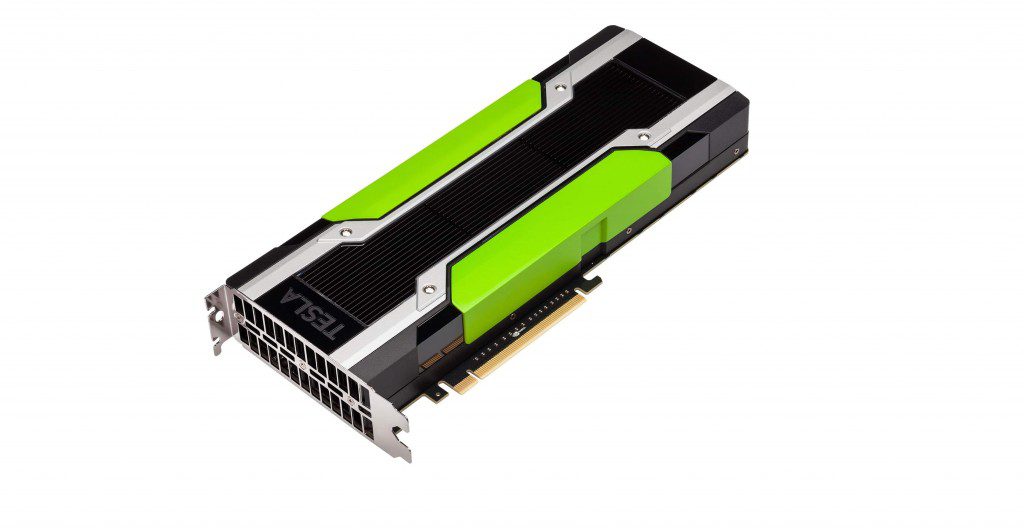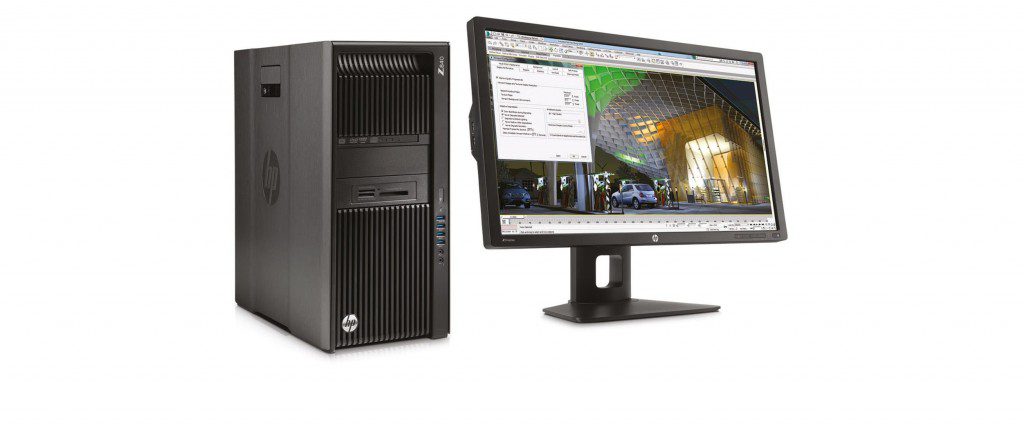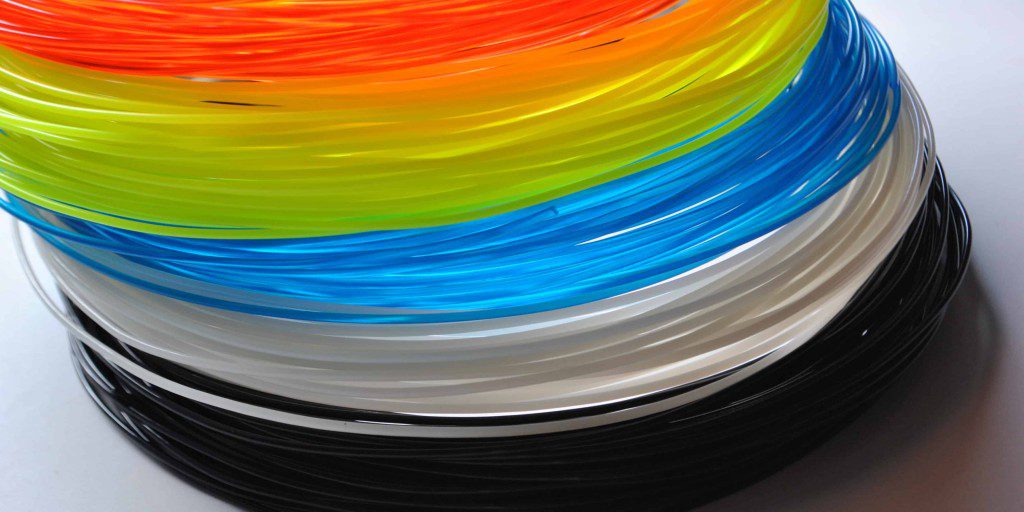The HP Multi Jet Fusion 3D Printer is experiencing broad adoption as an additive manufacturing solution. Come Experience HP3D First Hand.
Thursday, September 6th, 2018Open House 12:00 pm – 4:00 pm
12901 Newburgh, Livonia, MI 48150
Crowned 2017’s “Innovation of the Year” by the 3D Printing Industry Awards, HP’s Multi Jet Fusion 3D Printing technology is being rapidly adopted as a prototyping and additive manufacturing solution. MJF has seen various upgrades over the past few months, all focused on improving the product for industrial manufacturing.
We invite you to experience the technology in a small group and visit with HP 3D Printing experts to discuss how 3D printing is revolutionizing manufacturing. Explore the possibilities by examining a vast array of parts printed at our HP 3D Printing Demo Center.
See registration page for details: Register Here
We hope you will join us Thursday, September 6th, 2018, at 12901 Newburgh, Livonia, MI 48150.
Drop by between 12:00pm – 4:00pm. Refreshments provided.
If you can’t make it but are interested in the technology, please contact Josiah Klaus at 734-453-8003 or jk@novastar.net to arrange a meeting and discuss printing your parts with HP’s Jet Fusion Technology.
Registration is limited – additional guests are welcome but please have them register . Feel free to forward this invitation to others in your organization who may be interested.
Customer Testimonials:
“We are proud to be the first service bureau in Ohio to offer HP’s Multi Jet Fusion technology. HP has developed a game-changing 3D printing solution that will enable Aerosport and our customers to produce production quality parts like never before.” – Geoff Combs, owner Aerosport Modeling
“I strongly believe that once designers start to adopt the out-of-the-box thinking and boundless creativity that HP Multi Jet Fusion allows, we’ll see some amazing advancements in product design, innovation and performance. The companies that embrace this new mindset early will see a huge competitive advantage” – Corey Weber Co-Founder Forecast 3D


